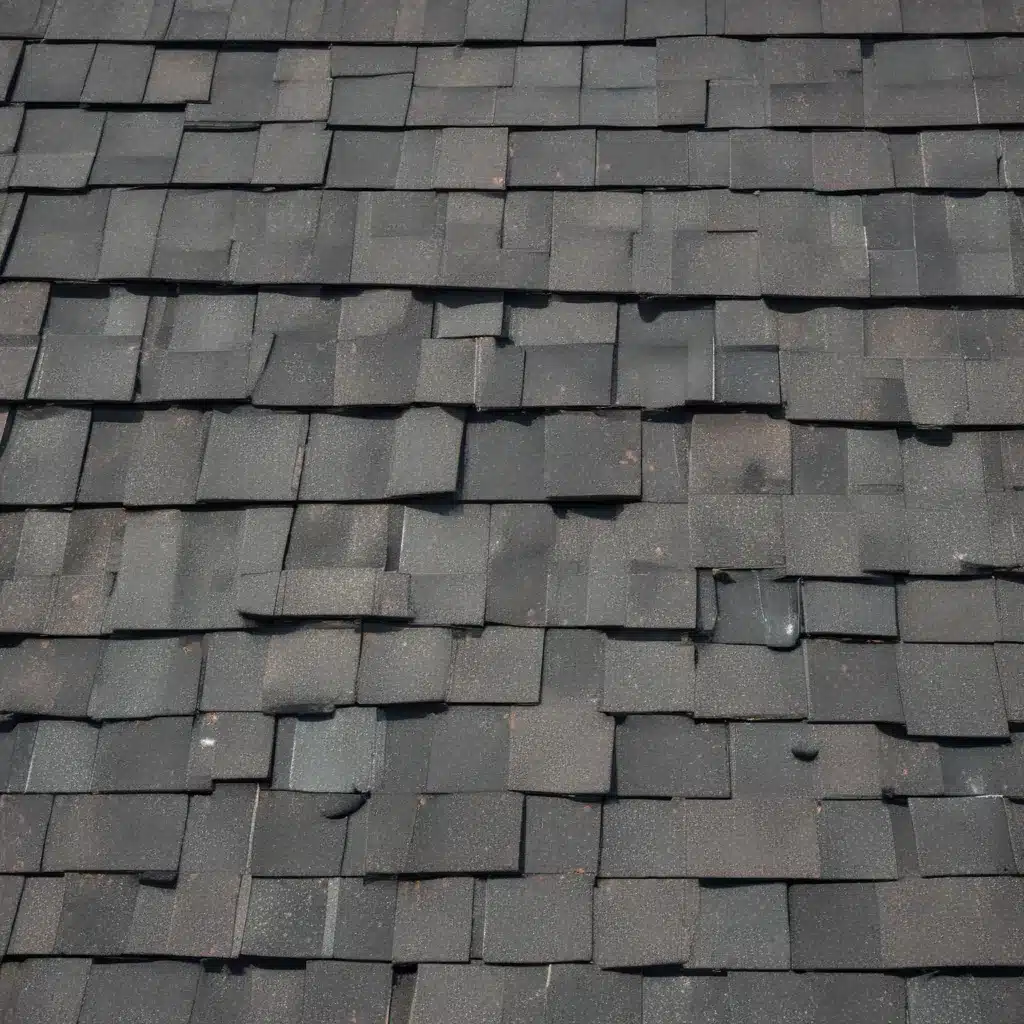
As a seasoned roofing professional, I’ve seen the frustration and confusion homeowners often face when dealing with roof damage and the associated insurance claims process. However, with the right knowledge and guidance, you can navigate this process effectively to ensure your home is properly protected and restored.
Understanding Homeowner’s Insurance Coverage for Roof Repairs
When it comes to roof damage, your homeowner’s insurance policy is your first line of defense. However, the extent of coverage can vary significantly depending on the cause and severity of the damage.
Typically, homeowner’s insurance will cover sudden, accidental, or weather-related roof damage, such as that caused by a severe storm, hail, or a fallen tree. This includes the cost of partial or full roof replacement, as well as any necessary structural repairs to your home.
On the other hand, general wear and tear, lack of maintenance, or gradual deterioration of your roof over time are usually not covered by standard homeowner’s insurance policies. It’s important to review your policy carefully to understand your coverage limits, deductibles, and any exclusions that may apply.
Replacement Cost Value (RCV) vs. Actual Cost Value (ACV)
When filing a roof-related insurance claim, you’ll encounter two primary types of coverage: Replacement Cost Value (RCV) and Actual Cost Value (ACV).
Replacement Cost Value (RCV) pays the full cost of replacing your damaged roof with a new one of similar kind and quality, minus your deductible. This ensures you can restore your roof to its original condition.
Actual Cost Value (ACV), on the other hand, factors in depreciation based on your roof’s age and condition. It pays the current market value of your roof, which may not be enough to cover the cost of a full replacement.
When reviewing your policy, be sure to understand which type of coverage you have and how it will affect the settlement amount you receive for your roof repairs.
Navigating the Insurance Claims Process
Filing an insurance claim for roof damage can be a complex and time-consuming process, but with the right approach, you can streamline the experience and ensure a favorable outcome.
Step 1: Assess the Damage
After a storm or other roof-damaging event, carefully inspect your roof for any visible signs of damage, such as missing or damaged shingles, dents, or other issues. Document the damage by taking clear, well-lit photographs from various angles.
Step 2: Contact Your Insurance Provider
Reach out to your insurance company as soon as possible to report the damage and initiate the claims process. Be prepared to provide details about the incident, the extent of the damage, and any relevant documentation.
Step 3: Schedule an Inspection
Your insurance provider will typically send an adjuster to your home to assess the damage and determine the scope of repairs or replacement needed. It’s essential to be present during this inspection and to have a reputable roofing contractor join you.
Step 4: Review the Adjuster’s Estimate
Carefully review the adjuster’s estimate and compare it to the assessment provided by your roofing contractor. If there are discrepancies, work with your contractor to negotiate a fair settlement that covers the full cost of the necessary repairs or replacement.
Step 5: Select a Roofing Contractor
Choose a licensed, insured, and reputable roofing contractor to handle the repairs or replacement. This is a critical step, as a reliable contractor can work directly with your insurance provider to ensure a smooth claims process and quality workmanship.
Step 6: Complete the Repairs
Once the insurance claim has been approved and the settlement funds have been received, your roofing contractor can begin the repair or replacement process. They will ensure the work is done to the highest standards, providing you with a durable, long-lasting roof.
The Importance of Working with a Reputable Roofing Contractor
Partnering with a seasoned roofing professional can make a significant difference in the success of your insurance claim and the overall quality of your roof repairs or replacement.
A reputable roofing contractor can:
- Conduct a thorough inspection: They will identify and document all necessary repairs, strengthening your insurance claim.
- Provide expert guidance: An experienced contractor can assist you through the claims process, helping you avoid common pitfalls that could delay or reduce your settlement.
- Communicate with insurance adjusters: A reliable contractor will work directly with your insurance adjuster, negotiating to ensure a fair settlement.
- Deliver quality workmanship: By hiring a professional company, you can be confident that your roof will be restored using the best materials and installation techniques, ensuring its long-term durability and protection.
When selecting a roofing contractor, take the time to research their credentials, reviews, and past work to ensure they meet your standards for quality and customer service. Avoid rushing into any agreements, as this could limit your options and leave you locked into a deal that may not be in your best interest.
Conclusion
Navigating the roof repair and insurance claims process can be daunting, but with the right knowledge and a trusted roofing partner, you can get your home back in top condition with minimal stress.
Remember to review your homeowner’s insurance policy, understand the coverage details, and work closely with a reputable roofing contractor to ensure a smooth and successful claims experience. By following these steps, you can safeguard your home and protect your investment for years to come.
For more information on roof maintenance, repair solutions, and finding a reliable roofing contractor in the Northampton area, visit https://www.roofersinnorthampton.co.uk/. Our team of experts is here to guide you through every step of the process and ensure your roof remains in top condition.

